Sepal.Length Sepal.Width Petal.Length Petal.Width Species
1 5.1 3.5 1.4 0.2 setosa
2 4.9 3.0 1.4 0.2 setosa
3 4.7 3.2 1.3 0.2 setosa
4 4.6 3.1 1.5 0.2 setosa
5 5.0 3.6 1.4 0.2 setosa
6 5.4 3.9 1.7 0.4 setosa00b: Bioinformatics, Biology, and Data
Roman E. Reggiardo
08 July, 2022
What is Data, where is Data, what does Data tell us?
Welcome to the UCSC Genomics Institute Summer Short Course in Bioinformatics and Coding
The questions at the top of this slide underlie the principles of Bioinformatics, let’s keep them in mind throughout the course.
What is Data
What examples of data can you think of?
Here’s one example:
What are the rows? What are the columns?
Where is Data
Who has it? Any companies out there you like or dislike having your data?
What about your biological data, anyone in that business?
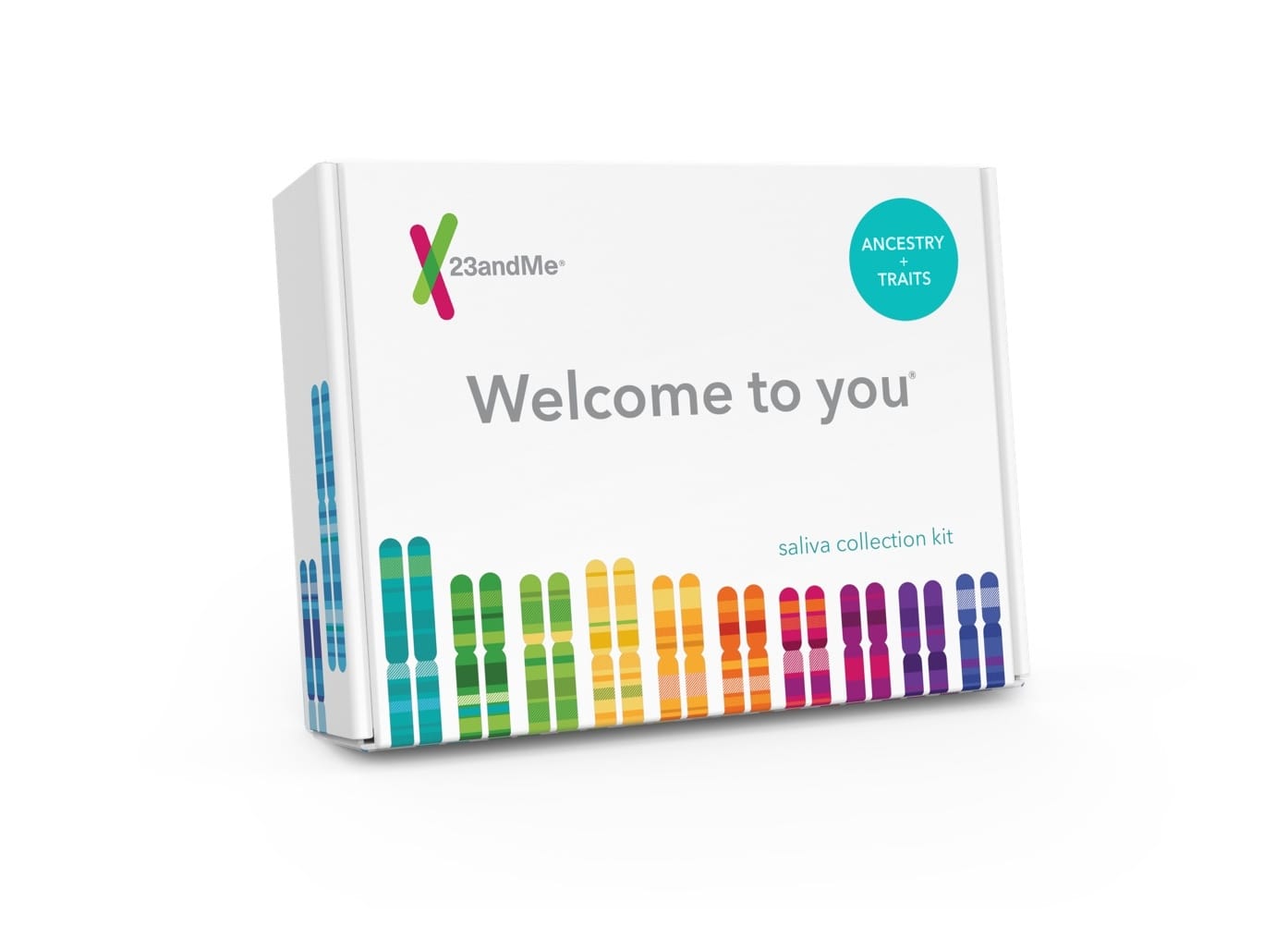
if this is YOU…they have bits of YOU as…data
Its usually hosted on servers
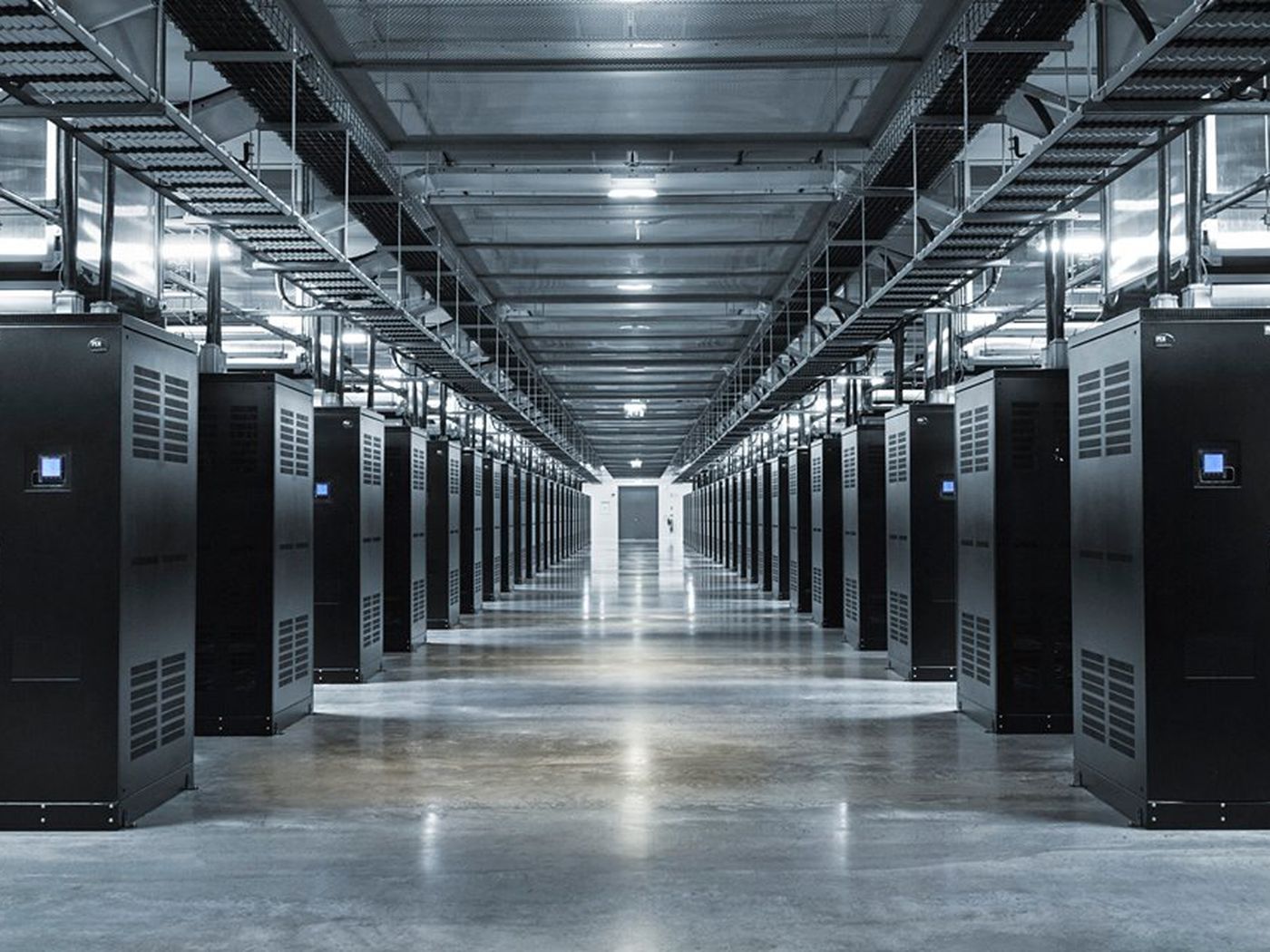
which look something like this…
Why servers?
Remote access allows teams of people to work with data to produce reproducible results
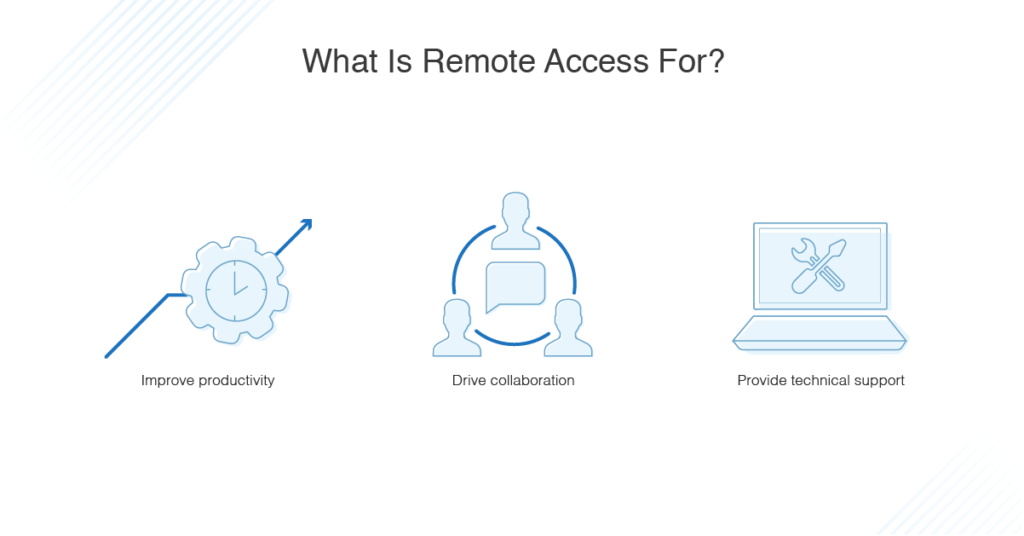
a persistent element of Bioinformatics is interfacing with large data sets and the servers that store them – we can’t always use a normal computer setup to achieve this so we’re going to learn how else we can.
What does Data tell us?
Well it depends on where its coming from…
Weather/Climate
Social Media
Dr’s Office
Bioinformatics
How do we generate Data?
We take measurements – of some kind
Weather/Climate
Social Media
Dr’s Office
Bioinformatics
Biology: A source of data, wonder, and … confusion
With new tools, better understanding, and tons of new scientists we are in the midst of a golden age of biological science.
Unfortunately, Biology is complicated.
Your body is made up of trillions of cells, all of which have special jobs, some of which are functionally immortal, some of which can contribute to cancerous tumors. Figuring out all of this is going to take a long time, and that’s only Humans…
How we measure Biology: Observational Data

A) Some painted Ants! B-D) Complicated data analysis — Ulrich, Y., Saragosti, J., Tokita, C.K. et al. Fitness benefits and emergent division of labour at the onset of group living. Nature 560, 635–638 (2018). https://doi.org/10.1038/s41586-018-0422-6
why measure ants?
How we measure Biology: Physical Data
The science of Human throwing – Data!
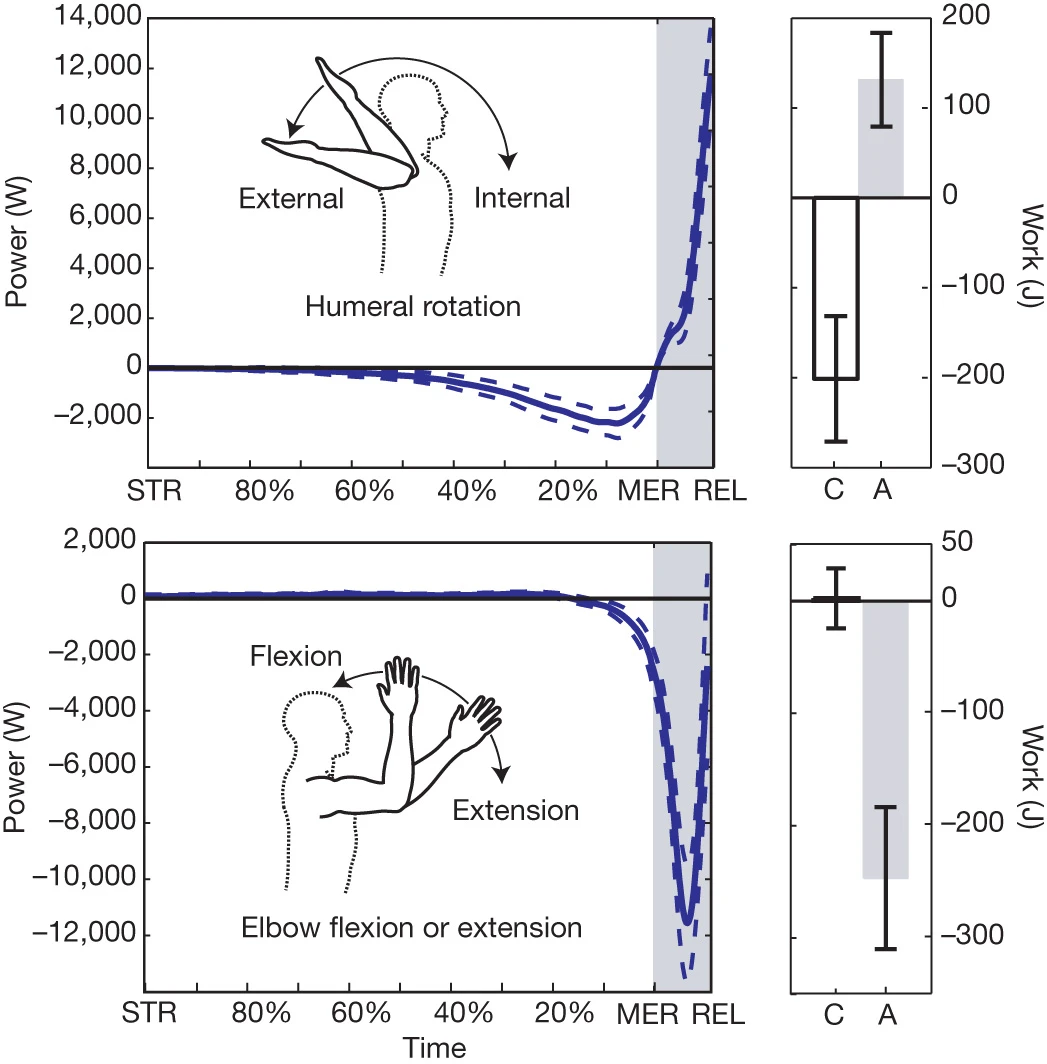
Blue lines: “Mean Shoulder Rotational Energy” — Roach, N., Venkadesan, M., Rainbow, M. et al. Elastic energy storage in the shoulder and the evolution of high-speed throwing in Homo . Nature 498, 483–486 (2013). https://doi.org/10.1038/nature12267
How we measure Biology: Epidemiological Data
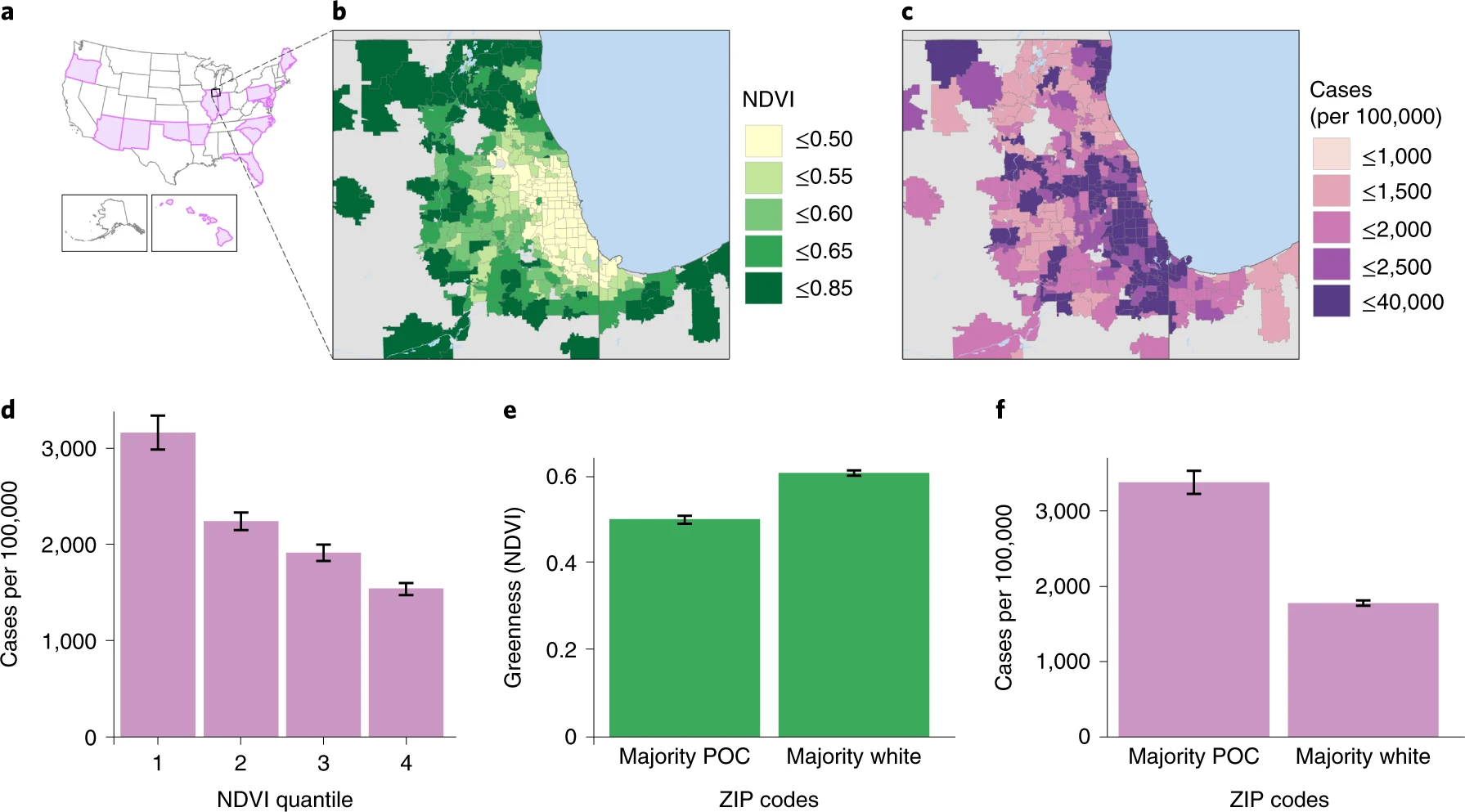
How are access to ‘greenness’ / nature related to COVID-19 infection rates and overall equity? — Benjamin, M., Stoneburner, L. et al. Nature inequity and higher COVID-19 case rates in less-green neighbourhoods in the United States. Nat Sustain 4, 1092–1098 (2021). https://doi.org/10.1038/s41893-021-00781-9
How we measure Biology: Molecular Data
Molecules are the underlying agents of all the behavior, physical prowess, and disease spread measured above.
One problem: they’re really small.
When things become too small to see, we need really powerful technology.
First, some quick background.
DNA
DeoxyriboNucleicAcid
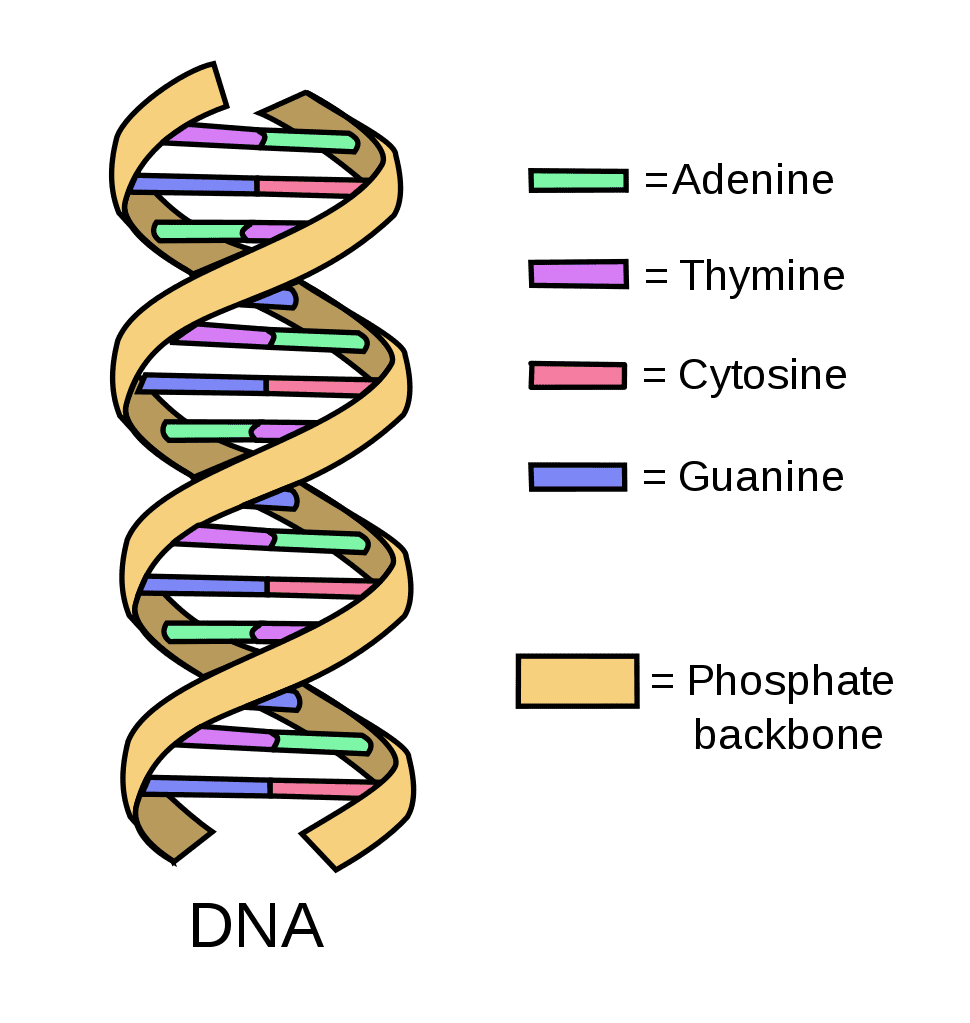
The four ‘bases’ that make up DNA are the fundamental unit of biological information – they encode for all the genes you inherit. They are studied by chemists, physicists, biologists, and bioinformaticicans.
image: ASHG
RNA
RiboNucleicAcid
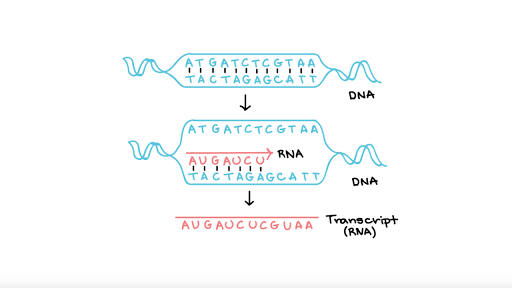
RNA is produced by special cellular machinery based on the content of DNA. If DNA is the blueprint, RNA is the messenger that carries out those instructions (with a little help).
Protein and the “Central Dogma”
DNA –> RNA —(mostly)—> Protein
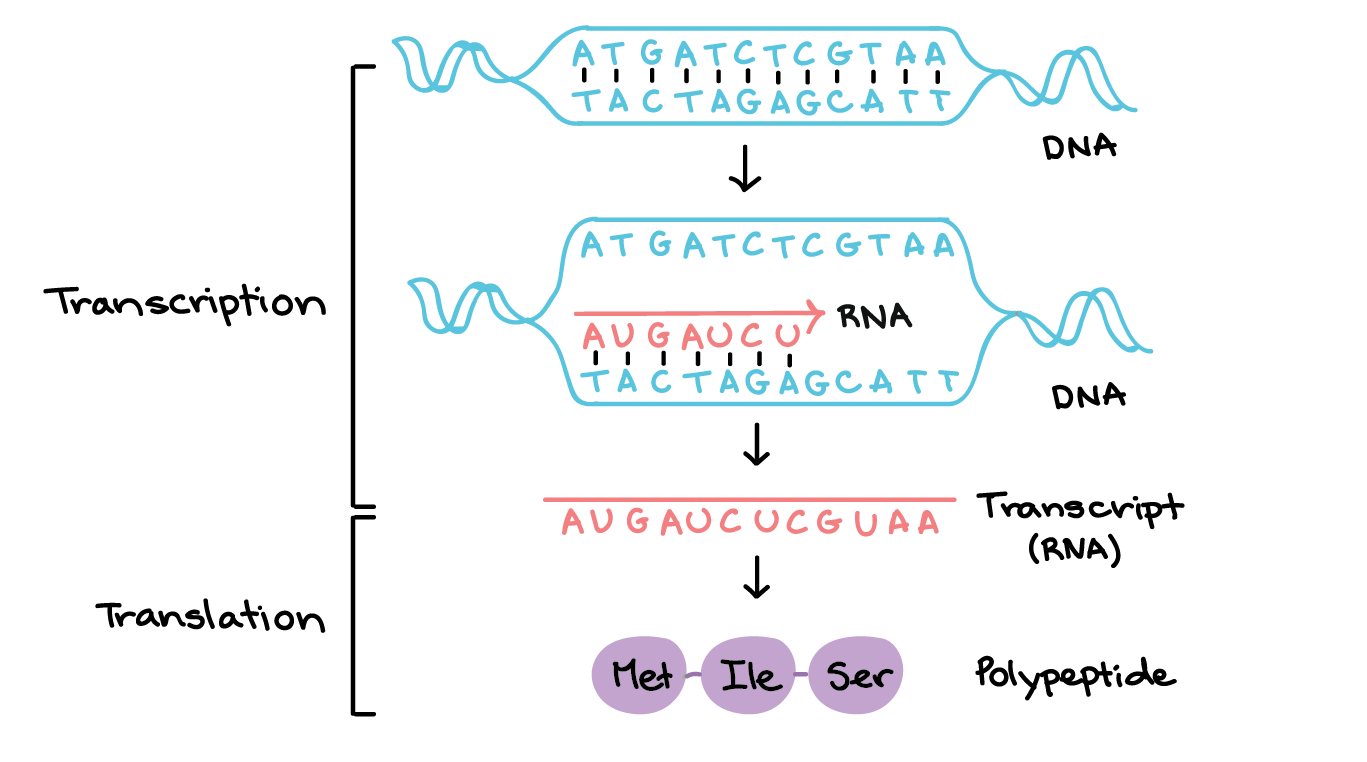
Protein is the final product of DNA and RNA (most of the time…) and helps form all of the major organs (including skin, hair, nails) that form our physical being.
What types of biological measurements can we take?
Protein is cool and commonly studied with bioinformatics approaches, but we’ll focus on:
DNA: What’s there?
What genes does someone have?
Do their genes have the expected ‘bases’? Or do they have mutations?
RNA: How is it behaving?
How much of a given gene is being produced?
Are there any changes to how the gene is processed?
Next Generation Sequencing: Putting info in bioinformatics
A technological revolution that will shape the rest of our lives (and its already doing a whole lot of shaping).
How do we measure DNA and RNA? Almost in the same way we follow ants around…..
We sequence the molecules: The bases A,C,T/U, & G form sequences/patterns/‘words’ of data that we can read from the RNA/DNA molecules
Let’s watch (parts) of this video
What can Bioinformatics help us accomplish with Sequencing Data?
Once we measure DNA/RNA molecules with sequencing, we have tons of data that looks something like this:
>GENE_ABC|protein_coding
CCCAGATCTCTTCAGTTTTTATGCCTCATTCTGTThe human genome has 3 billion bases, meaning we get a lot of DNA sequence to work with.
Basic Discovery: Sequence of the Novel Coronavirus
Before vaccines, before treatments, before we could fight SARS-CoV-2, we needed to sequence its genome, identify the genes within, and they proteins they encode for.
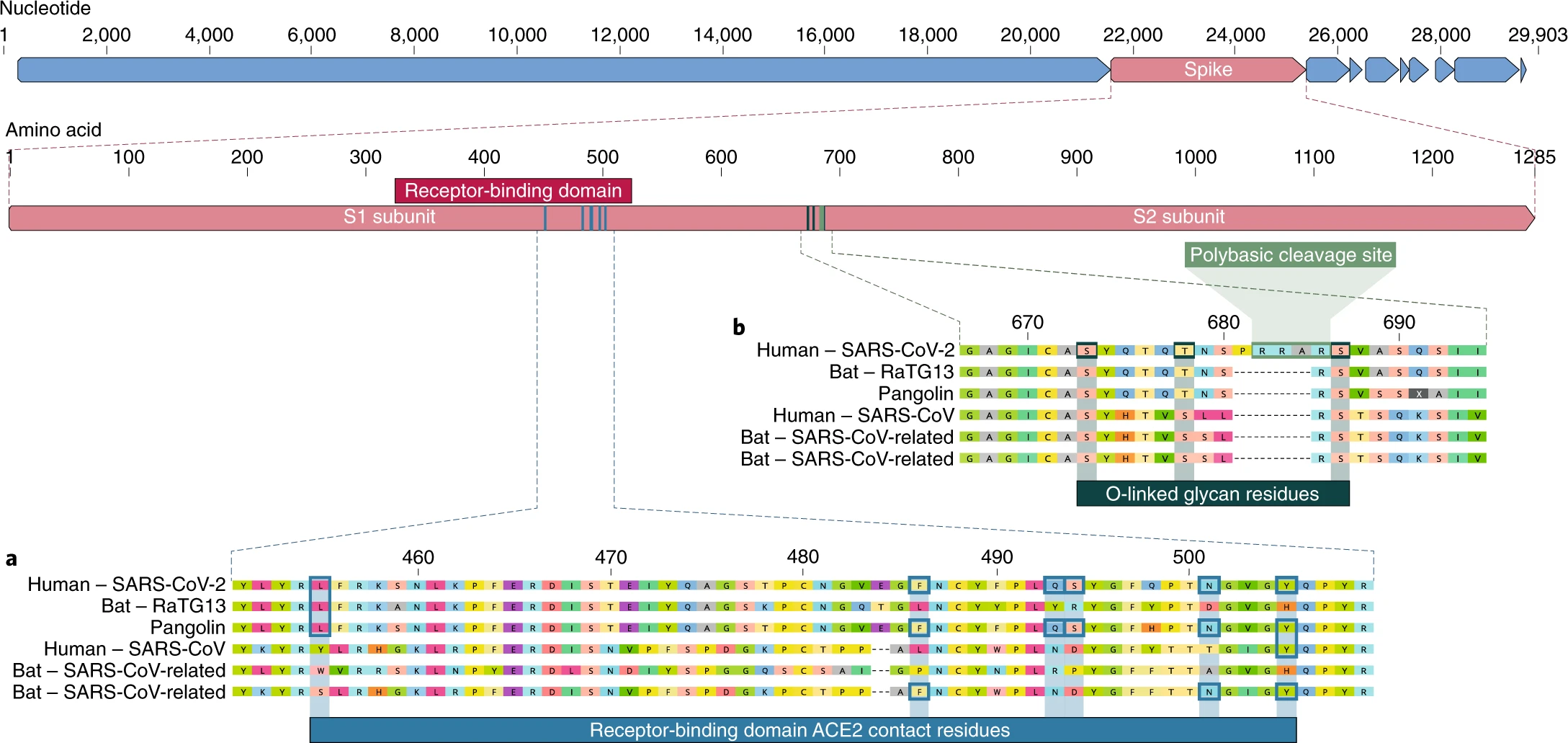
Andersen, K.G., Rambaut, A., Lipkin, W.I. et al. The proximal origin of SARS-CoV-2. Nat Med 26, 450–452 (2020). https://doi.org/10.1038/s41591-020-0820-9
Engineering new tools: Genome editing
If we’re going to edit the genome, we need to know what’s there already AND if our edit worked!
>GENE_ABC|protein_coding_no-edit
CCCAGATCTCTTCAGTTTTTATGCCTCATTCTGT>GENE_ABC|protein_coding_three-edit
CCCAGATCTCTTCATTTTTTATGCCCCATTCTATClinical approaches: Cell-free DNA Liquid Biopsies
Sequence DNA/RNA in the blood, find tumors without scans/surgery
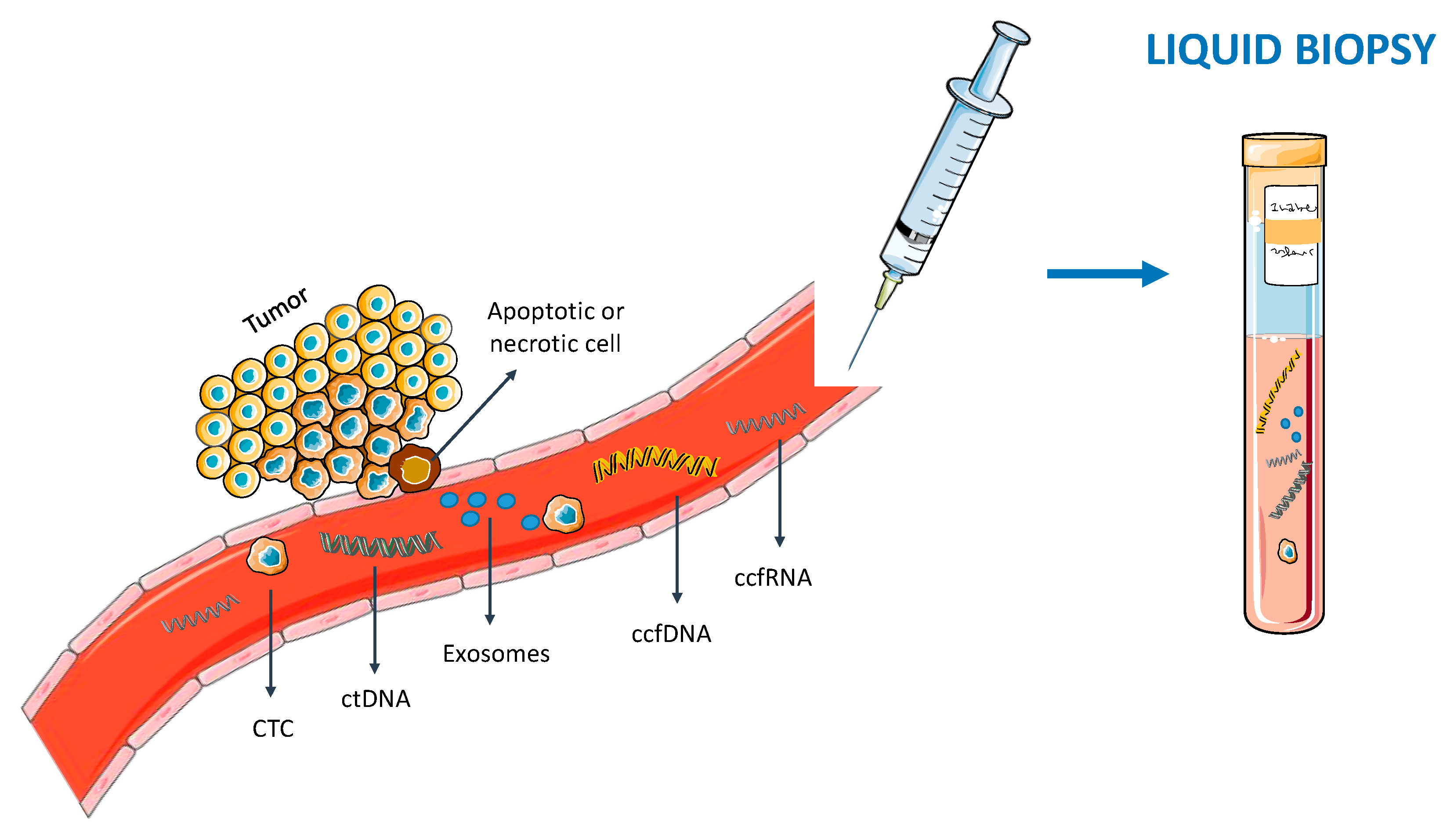
image: MDPI